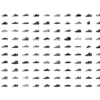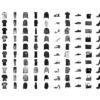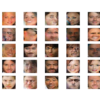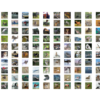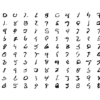Semi-supervised learning is the challenging problem of training a classifier in a dataset that contains a small number of labeled examples and a much larger number of unlabeled examples. The Generative Adversarial Network, or GAN, is an architecture that makes effective use of large, unlabeled datasets to train an image generator model via an image […]



